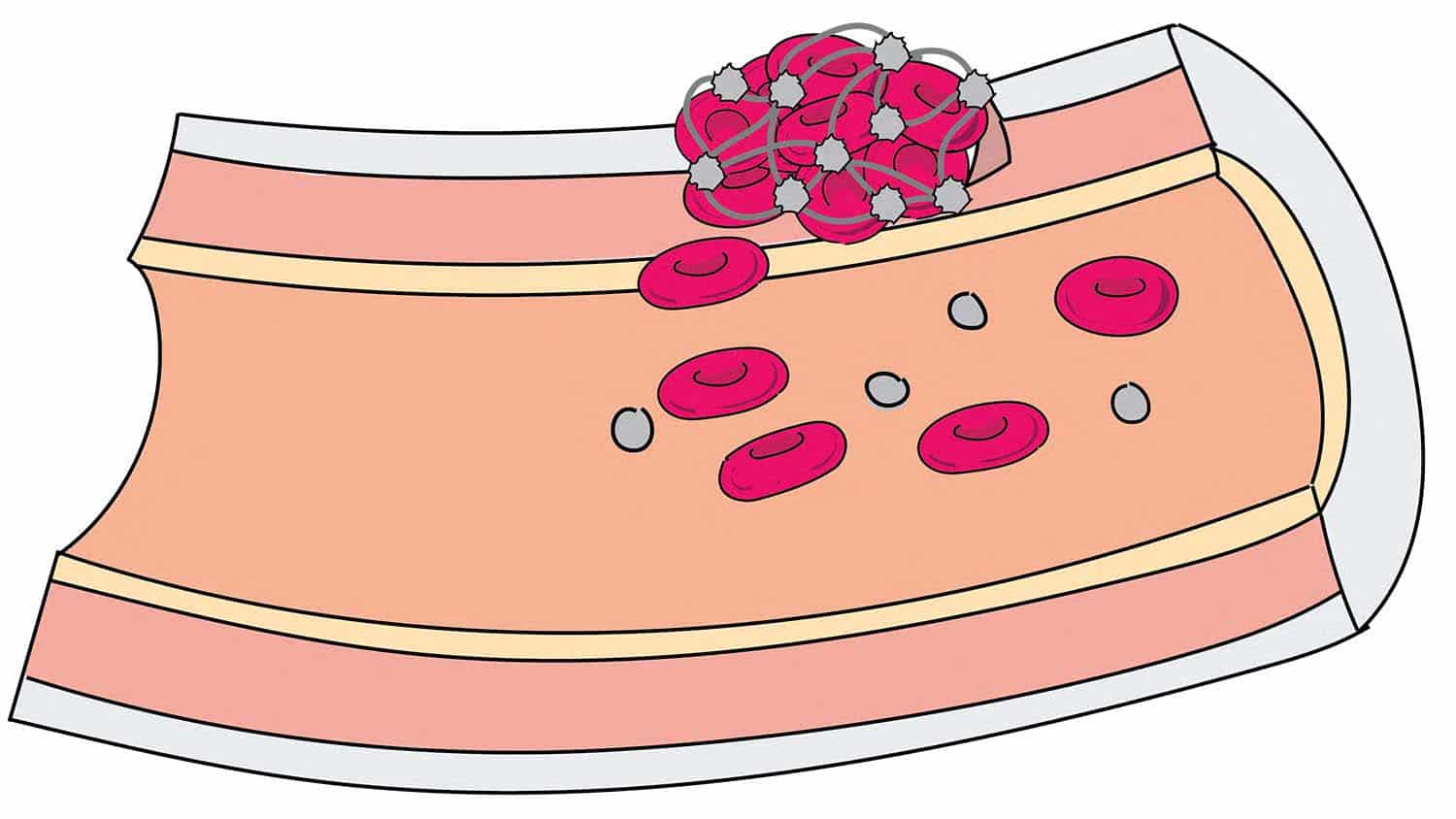Circadian Rhythm Linked to Skin Cancer in Mice
Score one for the siesta.
When you’re hit with that afternoon energy lull, don’t head outside to find some sunlight to brighten your day. The same circadian rhythm that saps your afternoon energy also appears to slow down some important cellular healing mechanisms – including one that repairs DNA damage in skin cells.
New research from North Carolina State University and the University of North Carolina at Chapel Hill shows that this slowdown can be detrimental to the health of mice, and possibly humans. In a study published online in Proceedings of the National Academy of Sciences, mice were five times more likely to get skin cancer when exposed to UV radiation at 4 a.m. than when exposed to UV radiation at 4 p.m.
Since mice are nocturnal and humans are diurnal, the circadian rhythm effects are likely opposite. The study shows that exposing mice to UV radiation in the morning appears to have detrimental, carcinogenic effects. For humans, afternoon sunlight exposure – the time when human cellular DNA repair is diminished – is hypothesized to be detrimental. Studies on human skin to test this theory, however, are still needed.
The study shows that a key protein, xeroderma pigmentosum group A (XPA), part of the nucleotide excision DNA repair system, is expressed at higher levels in mice cells during the afternoon hours and at lower levels in the morning.
Dr. Robert C. Smart, professor of environmental and molecular toxicology, director of the Center for Human Health and the Environment at NC State and a co-author of the paper, says that lower cellular repair rates combined with higher levels of DNA replication can lead to mutations – or changes in cells – that can cause cells to eventually proliferate out of control. The result is skin cancer, the most common form of cancer in the United States.
“Repair is critical in terms of preventing mutation,” Smart says. “If you have cells replicating at higher levels and they’re being damaged by UV light, and your repair system is working at a lower level, then your ability to repair lesions is likely to be decreased.”
– kulikowski –
Note: An abstract of the paper follows.
“Control of Skin Cancer By the Circadian Rhythm”
Authors: Shobhan Gaddameedhi, Christopher P. Selby, William K Kaufmann, Aziz Sancar, University of North Carolina, Chapel Hill; Robert C. Smart, North Carolina State University
Published: Online Oct. 24, 2011 in Proceedings of the National Academy of Sciences
Abstract: Skin cancer is the most common form of cancer in the United States. The main cause of this cancer is DNA damage induced by the UV component of sunlight. In humans and mice, UV damage is removed by the nucleotide excision repair system. Here, we report that a rate-limiting subunit of excision repair, the xeroderma pigmentosum group A (XPA) protein, and the excision repair rate exhibit daily rhythmicity in mouse skin, with a minimum in the morning and a maximum in the afternoon/evening. In parallel with the rhythmicity of repair rate, we find that mice exposed to UV radiation (UVR) at 4:00 AM display a decreased latency and about a fivefold increased multiplicity of skin cancer (invasive squamous cell carcinoma) than mice exposed to UVR at 4:00 PM. We conclude that time of day of exposure to UVR is a contributing factor to its carcinogenicity in mice, and possibly in humans.
- Categories:


